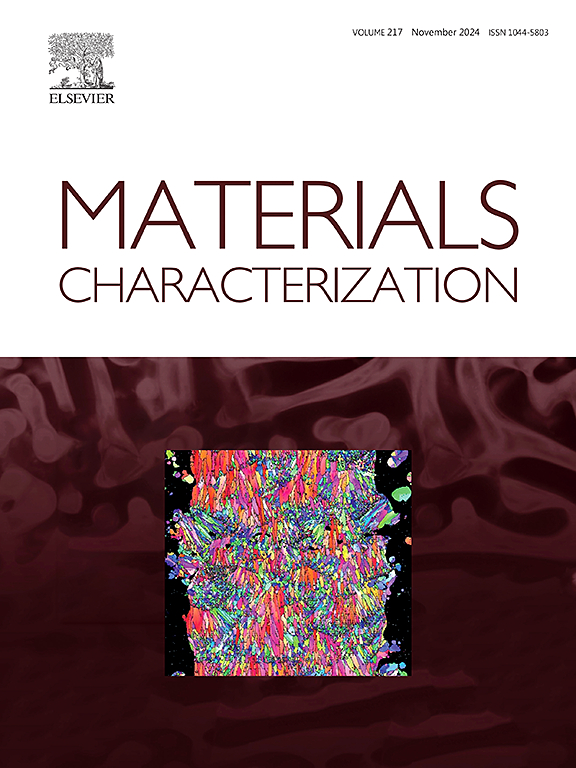Effect of quenching temperature on the strengthening contributions due to the (V,Nb)X carbonitrides to the creep resistance of 9Cr-1W-1Mo steel
IF 4.8
2区 材料科学
Q1 MATERIALS SCIENCE, CHARACTERIZATION & TESTING
引用次数: 0
Abstract
The increase in quenching temperature from 1050 °C to 1150 °C favorably affects the creep behavior of the P911-type steel, which is expressed in the increase in the rupture time by a few times and the decrease in the minimum creep rate under the applied stresses ranging from 160 to 120 MPa. However, as the applied stresses decrease, such improvement disappears; the 100,000 h creep strength is 70–75 MPa regardless of quenching temperature. A higher quenching temperature stimulates the significant dissolution of (V,Nb)X carbonitrides in the austenite region and their precipitation during tempering and the primary creep stage. This reduces the interparticle spacing during the primary creep stage that provides a high value of the detachment stress due to the (V,Nb)X of 30…34 MPa, even with an increase in their average particle size by 1.5–2 times, and is considered to be the main reason for the improved creep resistance under the high applied stresses. However, the growth rate constants for VX carbonitrides and M23C6 carbides were found to be similar during creep, regardless of the heat treatment regimens. The elimination of the difference in the particle dispersions during creep leads to the disappearance of the increment in the rupture times under the low applied stresses.
求助全文
约1分钟内获得全文
求助全文
来源期刊

Materials Characterization
工程技术-材料科学:表征与测试
CiteScore
7.60
自引率
8.50%
发文量
746
审稿时长
36 days
期刊介绍:
Materials Characterization features original articles and state-of-the-art reviews on theoretical and practical aspects of the structure and behaviour of materials.
The Journal focuses on all characterization techniques, including all forms of microscopy (light, electron, acoustic, etc.,) and analysis (especially microanalysis and surface analytical techniques). Developments in both this wide range of techniques and their application to the quantification of the microstructure of materials are essential facets of the Journal.
The Journal provides the Materials Scientist/Engineer with up-to-date information on many types of materials with an underlying theme of explaining the behavior of materials using novel approaches. Materials covered by the journal include:
Metals & Alloys
Ceramics
Nanomaterials
Biomedical materials
Optical materials
Composites
Natural Materials.
 求助内容:
求助内容: 应助结果提醒方式:
应助结果提醒方式:


